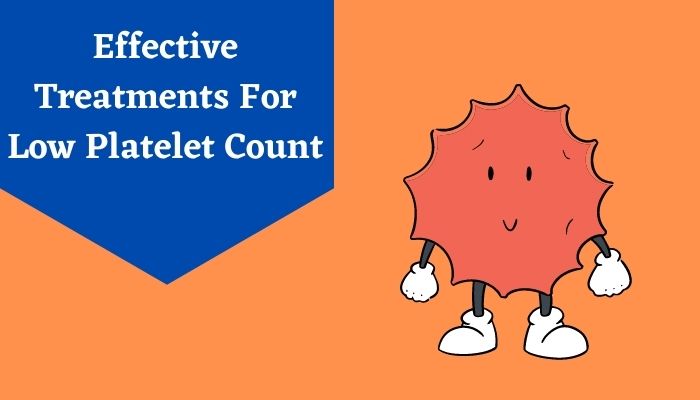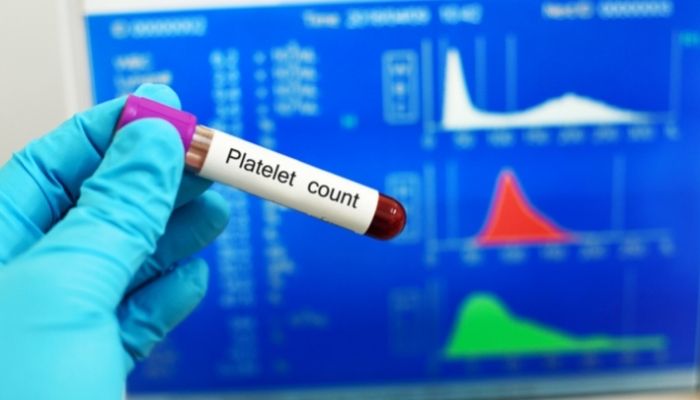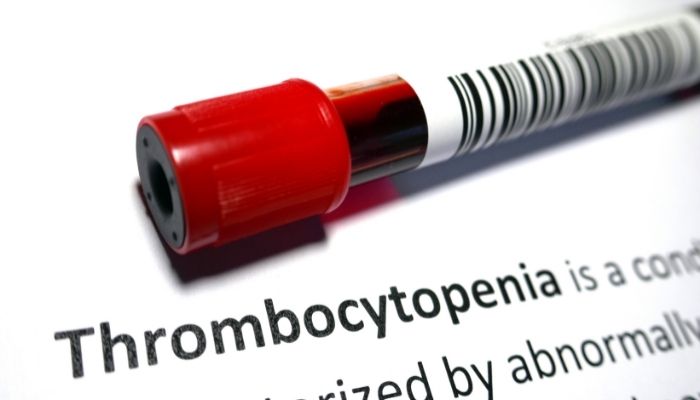Arvind comes from a middle-class family and he is working in a private company in Chennai. He experienced some unusual changes in his body such as bleeding gums and headaches. At first, he thought that he was suffering from the symptoms of cancer and visited a nearby hospital for further check-ups.
Doctors who attended him confirmed that he is having low platelet counts and that’s why he is facing some symptoms. Arvind is currently undergoing low platelet count treatment that improved his conditions to a large extent.
What are Platelets?
Platelets are blood cells that help stop bleeding and play a key role in wound healing. They provide ways to repair tissue damages and are not visible to naked eyes.A platelet count is responsible for measuring the concentration of platelets, and they are very important for maintaining good health.
What Is Low Platelet Count or Thrombocytopenia?
Low platelet counts or Thrombocytopenia is a condition that results in a low count of platelets. A person should have a normal platelet count because it gives ways to keep health in a perfect state. Having low platelet counts can affect the quality of life. Anyone who is having less than 30,000 platelets may face a thrombocytopenia condition that requires more attention.What Are the Causes of a Low Platelet Count?
A person should know the causes of a low platelet count after diagnosing the condition. This will help follow the preventive measures which give ways to minimize the problem to a large extent.Some disorders and conditions may cause thrombocytopenia such as:
- Excessive use of alcohol or alcoholism
- Cancer treatments such as chemotherapy and radiation therapy
- Medications used to treat infections caused by bacteria, heart problems, and seizures
- Exposure to chemicals such as arsenic
- Bone marrow diseases
- Autoimmune disorders
- Viruses that cause hepatitis
What Are the Symptoms of Low Platelet Count?
Mild cases of thrombocytopenia don’t cause any symptoms. On the other hand, severe cases of low platelet count may cause some symptoms that can result in complications.The symptoms of low platelet count include blood in stool, bleeding gums, rectal bleeding, early bruising, heavy menstrual periods, etc. Severe headaches, muscle pains, dizziness, irregular bowel movements, red urine, and blood vomiting are some other symptoms of low platelet count.
How is Thrombocytopenia Diagnosed?
Anyone who is having bleeding that is difficult to stop should visit a nearby hospital to undergo some medical exams. Some of them include blood count, physical exam, and blood clot test which gives ways to detect the symptoms with high accuracy. A bone marrow biopsy is highly recommended for patients who suffer from low platelet count. Not only that, imaging tests are necessary for checking an enlarged spleen.Treatments for Low Platelet Count
Thrombocytopenia can last for days or years that need proper treatments. In most cases, a physician will recommend treatment for low platelets depending on the condition and other factors.Following are some of the popular low platelet count treatment options:
- Blood or Platelet Transfusion: A blood or platelet transfusion is one of the treatments designed for patients who suffer from low platelet counts. It involves replacing the lost blood with red blood cell transfusions.
- Prescription Medicines: If the condition occurs due to an immune system problem, then a doctor will recommend some drugs to boost platelet counts.
- Surgical Procedures: Surgery is necessary for a patient when other treatments don’t work for him/her.
- Plasma Exchange Treatment: Plasma exchange is another treatment meant for treating low platelet count because it contributes more towards lowering the condition.
How to Increase Platelet Count?
Those who want to increase platelet count should consider eating some healthy foods and taking medications that will do major wonders. Moreover, they allow a person to stay healthy which will help reduce unwanted problems.- Leafy Greens
- Meat and Eggs
- Folate Rich Foods
- Vitamin C Rich Foods
- Iron-Rich Foods
- Wheatgrass
- Medications




